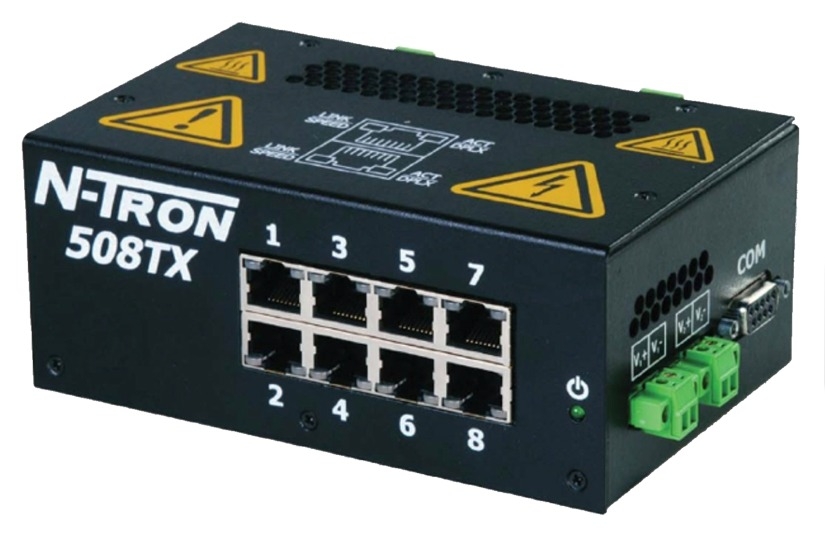Ethernet – the Backbone of IoT
You would have had to been living in a cave for the last two years if you haven’t heard the constant drumbeat of “Industry 4.0” and “The Internet of Things” (IoT). Admittedly the lure of “easily connectable” and “smart” devices that can be implemented at low cost is quite strong. Also, there is no denying everyone is finding great value in collecting data across the enterprise. Without data, we can’t make informed decisions, and we can’t quantify the effect of decisions we have made. It’s the cornerstone to any continuous improvement initiative. Unfortunately, as organizations become more connected – particularly on the plant floor, little to no thought is being given to the true backbone to any information system – the Ethernet network.
Ethernet is commonly misunderstood as THE method of communication – but the fact of the matter is, it is simply a set of standards by which we define the actual connection devices make. If you refer to one of my earlier blog articles on
” I go into more detail on protocols vs. standards. But to summarize, Ethernet is a standard, while TCP/IP is a protocol. By giving some thought to the standard, this will help us build a more reliable, and in today’s landscape of cyber threats, secure network for us to use to collect that valuable data.
In years past, a machine was basically networked to itself. If an HMI were connected to a PLC, and maybe one or two other Ethernet devices, it was very common to just run to Best Buy and plug in a small switch without giving it another thought. Switches would often fail due to the high temperatures and exposure to dirt often associated with manufacturing. In addition the networks would many times be slow or intermittent due to electromagnetic interference caused by variable frequency drives and high voltages also associated with the manufacturing environment. These factors alone should be compelling reasons to use an industrial grade switch. However, there are multiple other factors to consider as well. With the industrial grade N-Tron switches we provide, they not only are designed to withstand conditions previously described, but they also are designed to be DIN rail mounted, making it convenient to add to an existing electrical panel. Power to the unit is based on 12V or 24V DC, as opposed to 120V AC which your typical office-grade piece of equipment will use. And where will you plug in that transformer brick in your panel? The power connection also has two redundant connections, so you can have it connected to two separate power supplies, in case one should fail, providing increased reliability.
What is a Managed Switch?
In all of our installations, we have standardized on managed switches. What is a managed switch you may ask? By being managed, it means that the switch also has additional functionality. You can secure ports, for example, only allowing specific, authorized devices to connect. You can also segment the network to maximize efficiency by using a technique known as “VLANS” or virtual LANs. By using a VLAN, you can separate traffic between your remote IO and other devices, on the same switch. A managed switch is also a fantastic troubleshooting tool as you can monitor the traffic on the switch and look for errors or other problems that can affect the network, such as bad cabling just by monitoring the switch logs.
All of this connectivity is exciting, but what about when we are looking to actually connect the manufacturing network with the company network for the purpose of data collection/sharing? Here is where things can get dicey, as having mission critical equipment to run your organization on the same LAN with the office can expose the control network to malware or other threats. In these situations we recommend using a router which creates better separation between LAN segments, and allows you also to only allow specific types of traffic to go specific directions. This still allows things like specification data to get from the ERP or Work Order system down to the machines, and data from the machines back up to a primary data collection service like a Historian. All the while protecting your assets on the floor from unwanted intrusions, or downtime caused by viruses or malware.
If you would like to know more, or schedule one of our experts to help you evaluate your networking needs, then let us know!

